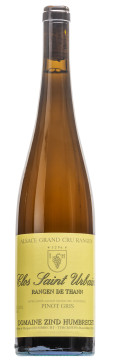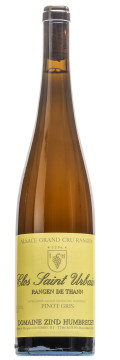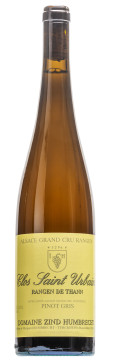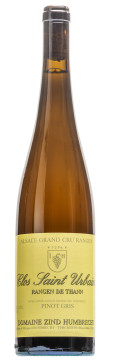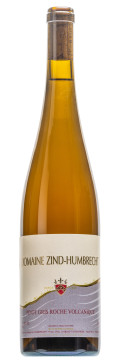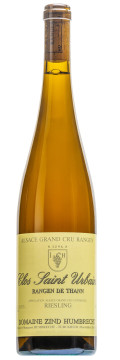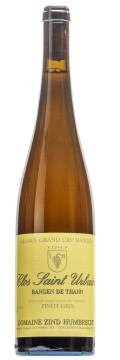The Clos Saint Urbain, Grand Cru Rangen from Thann
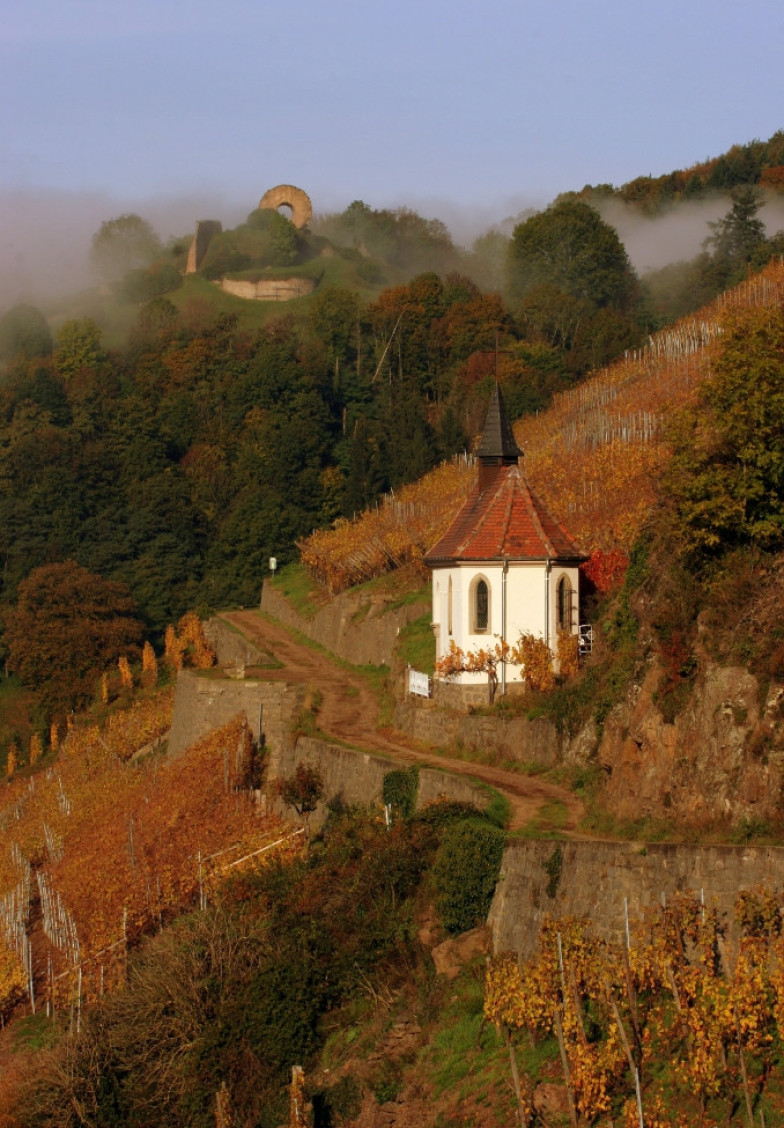
The Rangen de Thann is the most southerly of the Alsace vineyards. In his book, Where Alsace wines ripen, Henry Riegert writes: « from the Middle Ages those wines which ripen on the Rangen hillside figure amongst the most famous growths of the whole vineyard region ».
The Grand Cru Rangen de Thann, is situated at the exit of the valley, overlooking the village of Thann with the river Thur passing at the foot of the slope.
When contemplating the landscape as seen from the slopes of Rangen it is possible to distinguish the magnificent church Saint-Thiébault ( Rhenish Gothic, built between the late thirteenth and fifteenth centuries), “la tour des Sorcières” (the rampart tower of the fifteenth century), the Castle Engelbourg (built from 1234) and if we know where to look “la cabane des bangards”, former home of the guardians of the vineyards of Thann, ( now situated in the center of Thann but once found amongst the vineyards when Rangen reached the maximum vineyard surface of 500 hectares in the 17th century).

The History of the Rangen de Thann
The Rangen already appears in history towards the 12th and 13th century. It rapidly acquires a great reputation due to the exceptional quality of its wines. There is no doubt that vines were planted here earlier, however the first important transactions relating to parcels of this vineyard are only found from the following dates:
- 1272 : according to a document from the Abbey of Murbach, the entire hillside of Rangen is planted to vines. 1291: following Act of 13 June, the Dominican Convent of Basle owns 4 scadi (16 hectares) of vines in the Rangen. Thann became renowned for its wine “Rangenwein” – “the warmest and most violent wines of the region”
- 1292 : following Act of 6 July, the Masmunster Abbey owns vines here. The St Ursitz of Einsiden Convent, the Cistercian Abbey of Haute Seille in Meurthe & Moselle are also owners.
- 1296 : in December, Burchard zum Rosen of Basle buys vines ‘in banno ville Tanne in monto diste Rangen’
- 1469 : The Archduke of Austria receives from Charles the Bold “many a swig of the wine from Rangen” and finds “in the wine of Rangen, a vigourous tonic of courage”
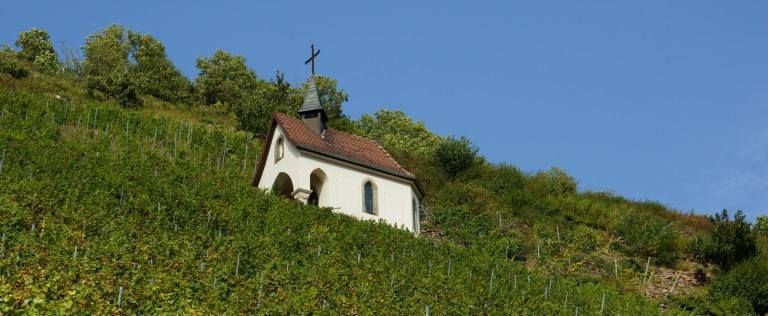
Grand Cru Rangen de Thann wines from Domaine Zind-Humbrecht
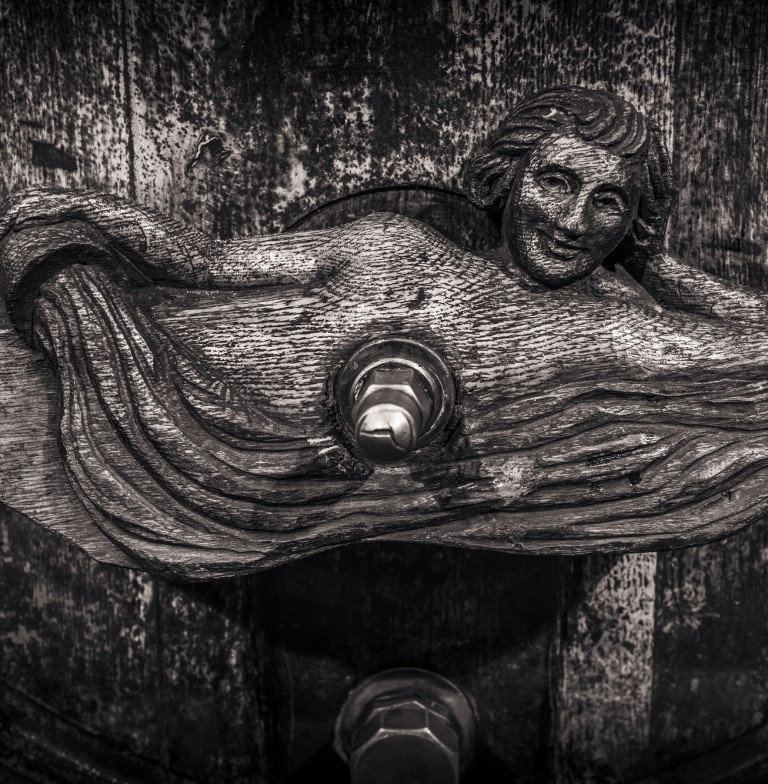
Memorable Vintages
Since the founding of the village of Thann in 1161, many vintages have been described by lovers of fine wines. The good years, the less good and the most difficult years follow each other.
Malachias Tschamser recounts endlessly on the subject in "The Great Thann Chronicle" :
- 1186 : Harvest in August!
- 1228 et 1232 : Extremely good, it’s so hot you could fry an egg in the sand
- 1274 : Harvest had to wait until November
- 1347 : Bad year
- 1431 : Such an abundant harvest that with all the barrels full, wine was used to make mortar!

Admiration across Europe
The exceptional quality of its wines resulted in Rangen being well renowned with its reputation extending well beyond the borders of Alsace.
From the earliest times, the Collegiate of Thann, Saint Theobald, was a place of pilgrimage attracting a huge number of travellers from Germany, England, Denmark and the Scandinavian countries. During the Middle Ages, monastic life being also very active, monks arrived in large numbers, prayed but also tasted the wine from Rangen and finding it very good, praised it on their return home. Munster writes in his Cosmography of Thann in 1550: «Thann a fine town belongs to the Seigneurs of Ferret and a chateau on the Engelburg mountain and near the town a hillside called Rang where a delectable wine grows called Rangen Wine”. He carries on bragging about the diabolical effects of this wine.
In 1628 in Dr Claudius Deodatus’ the “Pantheum Hygistticum” the finest Alsace wines are noted including the Rangen from Thann.
During the reign of Empress Maria Theresa, the Rangen wine was consumed at Court and enjoyed an exceptional reputation. A private tutor to the family of the princes of Lowenberg and also introduced to the imperial palace, stated that more Rangen wine was drunk in Vienna that the whole of Thann and its surrounding area could produce. (Barth).
In 1648, the Treaty of Munster, King Louis XIV of France becomes the Lord of Thann and as such obtains the titles of a few vineyards in Rangen, previously owned by Archduke Ferdinand Charles of Austria.
It’s Poetry…
The Thann vineyard was admired by the philosopher Michel de Montaigne, during his grand journey across Europe in 1580 to 1581, he wrote: “Thann 4 leagues. First town in Germany, subject to the emperor, very fine, wide plain flanked on the left hand side with hillsides covered in vines, the finest and the best cultivated and so extensive that the Gascons who were there said they had never seen so many in succession.” From then on, the road running through the Rangen has been known as the Chemin de Montaigne.
Numerous poets have sung the praises of the wine from the Rangen. Fischart in Garagantua (1607):
“Yes in the Rangen lives Saint Rango, he takes the row and struggles so much till he rolls under the bench.” “Ja der Wein zu Dann, des Rangenweines, das steckt der Heylig Sanct Rango, der nimmt den Rang und ringt so lang, biss er einen ränt und trengt unter die Bänck.”
Sebastien Brant, the well-known Strasbourg poet is at the origin of a legend about the arms of Colmar inspired by the wine of Rangen which he so appreciated:
During a journey across Europe Hercules arrived from Xeres in Spain, via the Loire and Burgundy, in Alsace. Here, he wished to taste wines at the Zum Wilden Mann Inn. The innkeeper offered him a wine from Riquewihr which he found good but quite flat, he wanted a fuller bodied wine. Sothe innkeeper suggested a wine from the Rangen. He thought it so extraordinarily good that he consumed three bottles and said:
Das ist ein Schluk, potzt Element,
Wie der in Kehl’ und Magen brennt !
Herr Wirt, Ich Sag’s auf meine Ehr,
Ich fand noch keinen Wien so Schwehr !
Then he fell asleep in a corner. When he woke up he left as fast as his legs could carry him forgetting the club he always had at his side. He so feared the strength of the Rangen wine that he never returned to collect it. Since then this club features prominently in the arms of Colmar.
Literature, odes, songs, poems on the subject of the Rangen wine abound. The splendour and strength of this sublime wine is celebrated by numerous authors including Barth who gives us a magnificent recapitulation in his book “Der Rebbau im Elsass”: “No other appellation has ever been at the origin of such beautiful verses”
Strict Regulations and High Standards
By the sixteenth century white wines were dominant in the Rangen, even though red grape varieties were still cultivated. We also start to see the presence of grape varieties like Muscat and Traminer . The decrees of 1548 and 1581 also prohibit the planting of non-noble varieties such as “Rheinelbe”. Anyone, from Thann or elsewhere, who violated this law, was punished and their vines immediately uprooted. (Articles published in the Bulletin of the Historical Society Belfortaine).
It was also forbidden to mix the wine from Rangen with other wines when Rangen was mentioned on the label. Through these regulations, albeit very severe for the time, it was sought to accentuate and respect of the identity Rangen.
In 1646, after the revival of the vineyard of Thann following the Thirty Year War, the magistrate of Thann appointed four “Bangards” (guardians) to watch over the vines and crops.
In 1993, the winegrowers of Rangen adopted a chart which defined certain rules and regulations pertaining to production in Rangen.
The Rangen today
The Rangen was classified as a Grand Cru in 1983 and awarded appellation status “Appellation Rangen Grand Cru” in 2011. In 2012 the maximum yield allowed in the Rangen Grand Cru was reduced to 50hl/ha.
Terroir
The soil structure of this famous locality is a very particular one and absolutely unique in Alsace. Dating from the Carboniferous era (Dévono-dinantien), it is made up of volcanic rocks and sedimentary sandstones with a varying abundance of volcanic elements. It is strewn with stones eroded from hard rocks: grauwackes, volcanic tufa, and a rock flow of brown micaceous andesite. This layer has a thickness of around 40 to 60 cm above the fissured bedrock rock, which allows the vine roots to penetrate to a greater depth and favours a better natural drainage.
This type of terrain and the soil depth characterize a poor environment, low in clay content (15%) and therefore favourable to quality. The dark colour of the soil, a shade of reddish-brown, lends itself to higher soil temperatures.
The full south-facing aspect of the vineyard increases the amount of direct daylight giving the vines a privileged position on the steep Rangen hillside (90% on average), which has dictated the choice of terraced planting. The proximity of the Vosges Mountains, higher rainfall (750mm) and higher altitude of this vineyard relevant to other vineyards in Alsace (350m to 450m above sea level) are important factors which contribute to the late ripening character of this terroir. In contrast the south facing slopes and exceptional exposition allows the grapes to mature slowly in October and November thus making it possible to achieve very high levels of concentration.
The proximity of the Vosges mountains, the higher altitude of the Rangen compared to the rest of Alsace (350m to 450m) and a higher rainfall (750 mm per year) make it a late season terroir.
Spring is often colder and wetter than in other, earlier terroirs.
On the other hand, the southern exposure increases the amount of direct sunlight and places the vines in a privileged position on the very steep slope of the Rangen (90% on average), wich has imposed the choice of a terraced cultivation method. In summer, the soil of the Rangen becomes a solar oven, giving the vines all the light energy they need.
Autumn is bright and warm, because once the morning mist has dispersed, the Rangen emerges into full sunlight, often above the humidity of the Alsace plain. Its exceptional exposure then allows the grapes to ripen slowly in October and November, when very high levels of concentration can be achieved.
The grape variety
The late ripening character of the Rangen results in the potential of achieving great physiological ripeness, which is very important when working with a grape variety like Riesling. Despite a solar topography (steep south facing slopes and warm soils) the ripening process is slow and the harvest late, the harvest date quite often being 2 to 3 weeks after the start of harvest. The acidic, well-draining, warm soils of the Rangen are very favourable for Riesling, yet more surprisingly are also well suited to the predominantly limestone grown Pinot Gris. The fact that the Rangen naturally yields very small crops, without any manual intervention (green harvesting), adds to the success of Pinot Gris on these slopes. The poor soils (low in organic matter and topsoil) necessitate high planting density, with the average planting density at 10 000 vines/ha for Domaine Zind Humbrecht at Rangen Thann. The volcanic soil imprints a specific aromatic character and unique personality to the wines grown on this soil. Flint and smoke are the two descriptors most often associated with the wines from this terroir, highlighting the minerality of the Riesling and the earthiness of Pinot Gris. The Gewurztraminer Rangen is rare, not only due to the small proportion of vineyard surface, but the cool winds that exit the valley hamper the flowering (coulure) and result in very small crops. Despite these challenging conditions, the Gewurztraminer from Rangen is capable of great expression of the volcanic terroir.
